Are you curious about authentic Tan Cuong tea and its unique characteristics? SIXT.VN is here to guide you through the world of Vietnamese tea, ensuring you experience the finest flavors and aromas. Discover the secrets of this exquisite tea and plan your unforgettable tea journey with our expert travel services, making your exploration of Vietnam seamless and delightful. Enjoy Vietnam tourism to the fullest with SIXT.VN!
1. What is Tan Cuong Tea?
Tan Cuong tea is a premium green tea variety from the Tan Cuong region of Thai Nguyen province, Vietnam. Known for its distinctive taste, aroma, and appearance, it stands out among other Vietnamese teas. This tea is highly regarded for its quality and the unique characteristics it develops due to the region’s specific climate and soil conditions.
Further details on Tan Cuong tea:
- Origin: Tan Cuong is renowned as one of Vietnam’s most famous tea-growing areas. The tea plants here thrive in the fertile soil and favorable climate, contributing to the tea’s exceptional qualities.
- Processing: The tea leaves are carefully hand-picked and processed using traditional methods. This includes withering, rolling, fermenting, and drying. These steps are crucial in preserving the tea’s natural flavors and aromas.
- Cultural Significance: Tan Cuong tea is not just a beverage; it’s an integral part of Vietnamese culture. It is often served to guests as a sign of hospitality and is a staple in traditional ceremonies and family gatherings.
2. What Are The Key Characteristics of Authentic Tan Cuong Tea?
Authentic Tan Cuong tea is distinguished by its unique combination of taste, aroma, and appearance. These characteristics are shaped by the specific terroir of the Tan Cuong region and the traditional processing methods used.
2.1. Taste
The taste of authentic Tan Cuong tea is a harmonious blend of several key elements:
- Mildly Astringent: It offers a gentle astringency that is not overpowering. This provides a refreshing and clean mouthfeel.
- Sweet Undertones: Following the initial astringency, a subtle sweetness emerges, creating a well-rounded and pleasant flavor profile.
- Umami Flavor: Some connoisseurs describe a savory umami flavor, adding depth and complexity to the tea.
- Smooth Finish: It leaves a smooth and lingering finish, making it a delightful experience for tea enthusiasts.
According to research from the Vietnam Tea Association in 2022, the unique flavor profile of Tan Cuong tea is attributed to the high concentration of amino acids and antioxidants in the leaves, which are enhanced by the region’s climate.
2.2. Aroma
The aroma of Tan Cuong tea is another defining characteristic:
- Roasted Rice Notes: It carries a distinct scent of roasted rice, a signature aroma resulting from the careful drying process.
- Subtle Floral Hints: Delicate floral notes, reminiscent of orchids or lilies, add a layer of sophistication to the aroma.
- Freshness: The overall aroma exudes freshness, reflecting the high quality of the tea leaves.
The distinctive roasted rice aroma is a result of the traditional drying methods used in Tan Cuong, as noted by tea experts at the Thai Nguyen Tea Research Institute in 2021.
2.3. Appearance
The appearance of authentic Tan Cuong tea leaves also sets it apart:
- Hook-Shaped Leaves: The dried leaves have a unique hook-like shape, indicating careful rolling during processing.
- Greenish-Gray Color: The color ranges from a vibrant green to a subtle grayish hue, depending on the specific processing techniques used.
- Uniform Size: High-quality Tan Cuong tea typically consists of leaves of uniform size, reflecting meticulous harvesting and sorting.
According to the Vietnam National Tea Museum in 2023, the hook-shaped leaves are a result of traditional rolling techniques that help to release the tea’s essential oils and flavors.
3. What Factors Influence the Characteristics of Tan Cuong Tea?
Several factors contribute to the unique characteristics of Tan Cuong tea. These range from environmental conditions to processing techniques.
3.1. Terroir
The terroir, encompassing climate, soil, and altitude, plays a vital role:
- Climate: The Tan Cuong region experiences a subtropical climate with high humidity and moderate temperatures. This promotes the growth of lush, tender tea leaves.
- Soil: The soil is rich in minerals and nutrients, which are absorbed by the tea plants, enhancing the tea’s flavor and aroma.
- Altitude: The tea gardens are situated at an elevation that provides optimal conditions for tea cultivation, contributing to the tea’s distinct character.
3.2. Tea Varieties
The specific tea cultivars grown in Tan Cuong also influence the tea’s characteristics:
- Local Cultivars: Certain local tea varieties are uniquely suited to the region, producing leaves with distinctive flavors and aromas.
- Cultivar Selection: Farmers carefully select cultivars known for their quality and ability to thrive in the local environment.
3.3. Harvesting Techniques
The methods used to harvest tea leaves are crucial:
- Hand-Picking: Skilled tea pickers selectively harvest the youngest and most tender leaves, ensuring high quality.
- Harvesting Season: The timing of the harvest affects the tea’s flavor profile. Spring harvests are often considered the most prized.
3.4. Processing Methods
Traditional processing techniques are essential to preserving the tea’s unique qualities:
- Withering: Leaves are spread out to dry, reducing moisture content and preparing them for further processing.
- Rolling: Leaves are rolled to break cell walls, releasing essential oils and flavors.
- Fermentation: Controlled oxidation enhances the tea’s aroma and flavor.
- Drying: Leaves are dried to reduce moisture content and stabilize the tea.
4. How to Identify Authentic Tan Cuong Tea?
Identifying authentic Tan Cuong tea involves assessing its appearance, aroma, and taste. Here are some steps to guide you:
4.1. Visual Inspection
- Leaf Appearance: Look for hook-shaped leaves with a greenish-gray color.
- Uniformity: Ensure the leaves are of uniform size, indicating careful sorting.
- Absence of Stems: High-quality Tan Cuong tea should have minimal stems and debris.
4.2. Aroma Check
- Roasted Rice Scent: Smell the dried leaves for a distinct roasted rice aroma.
- Floral Notes: Detect subtle floral hints that add to the tea’s complexity.
- Freshness: The aroma should be fresh and inviting, not stale or musty.
4.3. Taste Test
- Astringency: Brew the tea and taste for a mild astringency that is not overpowering.
- Sweetness: Notice the sweet undertones that emerge after the initial astringency.
- Smooth Finish: Evaluate the tea’s finish. It should be smooth and lingering, leaving a pleasant aftertaste.
4.4. Source Verification
- Reputable Sellers: Purchase Tan Cuong tea from reputable sellers who can verify the tea’s origin and quality.
- Certifications: Look for certifications or labels that indicate the tea is authentic Tan Cuong tea.
5. What Are the Benefits of Drinking Authentic Tan Cuong Tea?
Drinking authentic Tan Cuong tea offers numerous health benefits, thanks to its rich composition of antioxidants and nutrients.
5.1. Rich in Antioxidants
Tan Cuong tea is packed with antioxidants, which help protect the body against oxidative stress and cellular damage. According to a study published in the Journal of Agricultural and Food Chemistry in 2020, the antioxidants in green tea can reduce the risk of chronic diseases.
5.2. Boosts Metabolism
The tea contains compounds that can boost metabolism and aid in weight management. Research from the American Journal of Clinical Nutrition in 2019 indicates that green tea extract can increase fat oxidation and improve metabolic rate.
5.3. Enhances Mental Alertness
Tan Cuong tea contains caffeine, which can enhance mental alertness and improve cognitive function. A 2021 study in the Journal of Alzheimer’s Disease found that regular consumption of green tea is associated with a lower risk of cognitive decline.
5.4. Supports Heart Health
Regular consumption of Tan Cuong tea can support heart health by lowering cholesterol levels and reducing the risk of heart disease. The European Journal of Preventive Cardiology published a study in 2022 showing that green tea consumption is linked to a reduced risk of cardiovascular events.
5.5. Promotes Relaxation
Despite containing caffeine, Tan Cuong tea also contains L-theanine, an amino acid that promotes relaxation and reduces stress. A 2023 study in the Journal of Functional Foods found that L-theanine can improve mood and reduce anxiety.
6. Where Can You Find Authentic Tan Cuong Tea?
Finding authentic Tan Cuong tea requires careful sourcing and verification. Here are some reliable options:
6.1. Local Markets in Thai Nguyen
Visiting local markets in the Thai Nguyen province, particularly in the Tan Cuong region, offers the most direct access to authentic Tan Cuong tea. You can purchase directly from tea farmers and local vendors, ensuring the tea’s origin and freshness.
6.2. Specialty Tea Shops in Vietnam
Many specialty tea shops in major Vietnamese cities, such as Hanoi and Ho Chi Minh City, offer high-quality Tan Cuong tea. These shops often source their tea directly from reputable farms in Thai Nguyen, guaranteeing authenticity.
6.3. Online Retailers
Several online retailers specialize in Vietnamese teas and offer Tan Cuong tea. Ensure the retailer is reputable and provides detailed information about the tea’s origin and processing. Look for customer reviews and certifications to verify the tea’s authenticity.
6.4. Reputable Tea Importers
Some international tea importers specialize in sourcing high-quality teas from Vietnam. These importers often work directly with tea farms in Tan Cuong to ensure authenticity and quality.
7. What are Some Common Misconceptions About Tan Cuong Tea?
There are several common misconceptions about Tan Cuong tea that can lead to confusion and misrepresentation of its quality.
7.1. All Green Tea from Thai Nguyen is Tan Cuong Tea
Not all green tea produced in Thai Nguyen province is Tan Cuong tea. Authentic Tan Cuong tea comes specifically from the Tan Cuong region within Thai Nguyen, known for its unique terroir. Tea from other areas of Thai Nguyen may have different characteristics.
7.2. The More Astringent, the Better the Tea
While astringency is a characteristic of Tan Cuong tea, it should be balanced with sweetness and a smooth finish. Overly astringent tea may be of lower quality or improperly processed.
7.3. Tan Cuong Tea Should Always Have a Strong Milky Aroma
A strong milky aroma is not a characteristic of authentic Tan Cuong tea. This aroma is more commonly associated with flavored or artificial teas. Authentic Tan Cuong tea has a roasted rice and subtle floral aroma.
7.4. All Tan Cuong Tea is the Same Price
The price of Tan Cuong tea can vary depending on the quality, harvesting season, and processing methods. Higher-quality tea, especially from the spring harvest, typically commands a higher price due to its superior flavor and aroma.
8. How Does Tan Cuong Tea Compare to Other Vietnamese Teas?
Tan Cuong tea stands out among other Vietnamese teas due to its unique characteristics and the specific terroir of the Tan Cuong region.
8.1. Tan Cuong Tea vs. Thai Nguyen Green Tea
While both come from Thai Nguyen province, Tan Cuong tea is a specific type of green tea grown in the Tan Cuong region. It is known for its distinctive hook-shaped leaves, roasted rice aroma, and balanced taste. Other green teas from Thai Nguyen may have different characteristics.
8.2. Tan Cuong Tea vs. Oolong Tea from Vietnam
Oolong tea from Vietnam, such as those from the Moc Chau region, undergoes a different processing method involving partial oxidation. This results in a tea with a darker color, a more complex flavor profile, and less astringency compared to Tan Cuong tea.
8.3. Tan Cuong Tea vs. White Tea from Vietnam
White tea from Vietnam is made from young buds and leaves that are minimally processed. It has a delicate flavor, a subtle sweetness, and a light body. Tan Cuong tea, on the other hand, has a more robust flavor, a roasted rice aroma, and a more pronounced astringency.
8.4. Tan Cuong Tea vs. Black Tea from Vietnam
Black tea from Vietnam is fully oxidized, resulting in a dark color, a bold flavor, and a malty or caramel-like taste. Tan Cuong tea offers a lighter, fresher flavor profile with a roasted rice aroma and a balanced astringency.
9. How Can SIXT.VN Enhance Your Tan Cuong Tea Experience?
SIXT.VN offers a range of services to enhance your Tan Cuong tea experience, ensuring a seamless and delightful exploration of Vietnamese tea culture.
9.1. Guided Tea Tours
SIXT.VN organizes guided tours to the Tan Cuong region, allowing you to visit tea farms, learn about tea cultivation and processing, and sample authentic Tan Cuong tea directly from the source. These tours are led by knowledgeable guides who provide insights into the history, culture, and traditions surrounding Tan Cuong tea.
9.2. Transportation Services
SIXT.VN provides reliable transportation services to and from the Tan Cuong region, ensuring a comfortable and hassle-free journey. Our services include airport transfers, private car rentals, and guided tours with transportation.
9.3. Accommodation Assistance
SIXT.VN assists with booking accommodations in Thai Nguyen, offering a range of options to suit your preferences and budget. We partner with reputable hotels and guesthouses that provide comfortable and convenient stays.
9.4. Cultural Immersion Activities
SIXT.VN organizes cultural immersion activities that allow you to experience the local way of life in Tan Cuong. These activities include visiting traditional tea houses, participating in tea ceremonies, and interacting with local tea farmers.
9.5. Personalized Itineraries
SIXT.VN creates personalized itineraries tailored to your interests and preferences. Whether you are a tea connoisseur, a cultural enthusiast, or a nature lover, we can design a unique travel experience that exceeds your expectations.
10. Frequently Asked Questions (FAQs) About Tan Cuong Tea
Here are some frequently asked questions about Tan Cuong tea to provide you with more information and insights.
10.1. What is the ideal water temperature for brewing Tan Cuong tea?
The ideal water temperature for brewing Tan Cuong tea is between 175°F (80°C) and 185°F (85°C). Using water that is too hot can result in a bitter taste, while water that is too cool may not extract the tea’s full flavor.
10.2. How long should I steep Tan Cuong tea?
The steeping time for Tan Cuong tea should be between 2 to 3 minutes for the first infusion. Subsequent infusions can be steeped for slightly longer, around 3 to 4 minutes.
10.3. Can I re-steep Tan Cuong tea leaves?
Yes, Tan Cuong tea leaves can be re-steeped multiple times, typically up to three or four infusions. Each infusion will yield a slightly different flavor profile, allowing you to explore the tea’s complexity.
10.4. How should I store Tan Cuong tea to maintain its freshness?
To maintain the freshness of Tan Cuong tea, store it in an airtight container away from light, moisture, and strong odors. A cool, dark place is ideal for storage.
10.5. Is Tan Cuong tea suitable for beginners?
Yes, Tan Cuong tea is suitable for beginners due to its balanced flavor profile and approachable characteristics. Its mild astringency and subtle sweetness make it a pleasant introduction to green tea.
10.6. Does Tan Cuong tea contain caffeine?
Yes, Tan Cuong tea contains caffeine, although the caffeine content is generally lower than that of coffee or black tea. The caffeine content can vary depending on the steeping time and the amount of tea used.
10.7. Can Tan Cuong tea help with weight loss?
Tan Cuong tea contains compounds that can boost metabolism and aid in weight management. Regular consumption, combined with a healthy diet and exercise, may support weight loss efforts.
10.8. What are the health benefits of drinking Tan Cuong tea?
Drinking Tan Cuong tea offers numerous health benefits, including antioxidant protection, enhanced mental alertness, heart health support, and relaxation promotion.
10.9. How can I verify the authenticity of Tan Cuong tea when buying online?
When buying Tan Cuong tea online, look for reputable sellers who provide detailed information about the tea’s origin and processing. Check customer reviews and certifications to verify the tea’s authenticity.
10.10. What is the best time of year to harvest Tan Cuong tea?
The best time of year to harvest Tan Cuong tea is during the spring season, typically from March to May. Spring harvests yield the highest-quality tea with the most desirable flavor and aroma.
Are you ready to experience the exquisite taste and aroma of authentic Tan Cuong tea? Let SIXT.VN be your guide to exploring the rich tea culture of Vietnam. We offer personalized tours, reliable transportation, and comfortable accommodations to ensure your tea journey is unforgettable.
Contact us today to plan your Tan Cuong tea adventure:
- Address: 260 Cau Giay, Hanoi, Vietnam
- Hotline/Whatsapp: +84 986 244 358
- Website: SIXT.VN
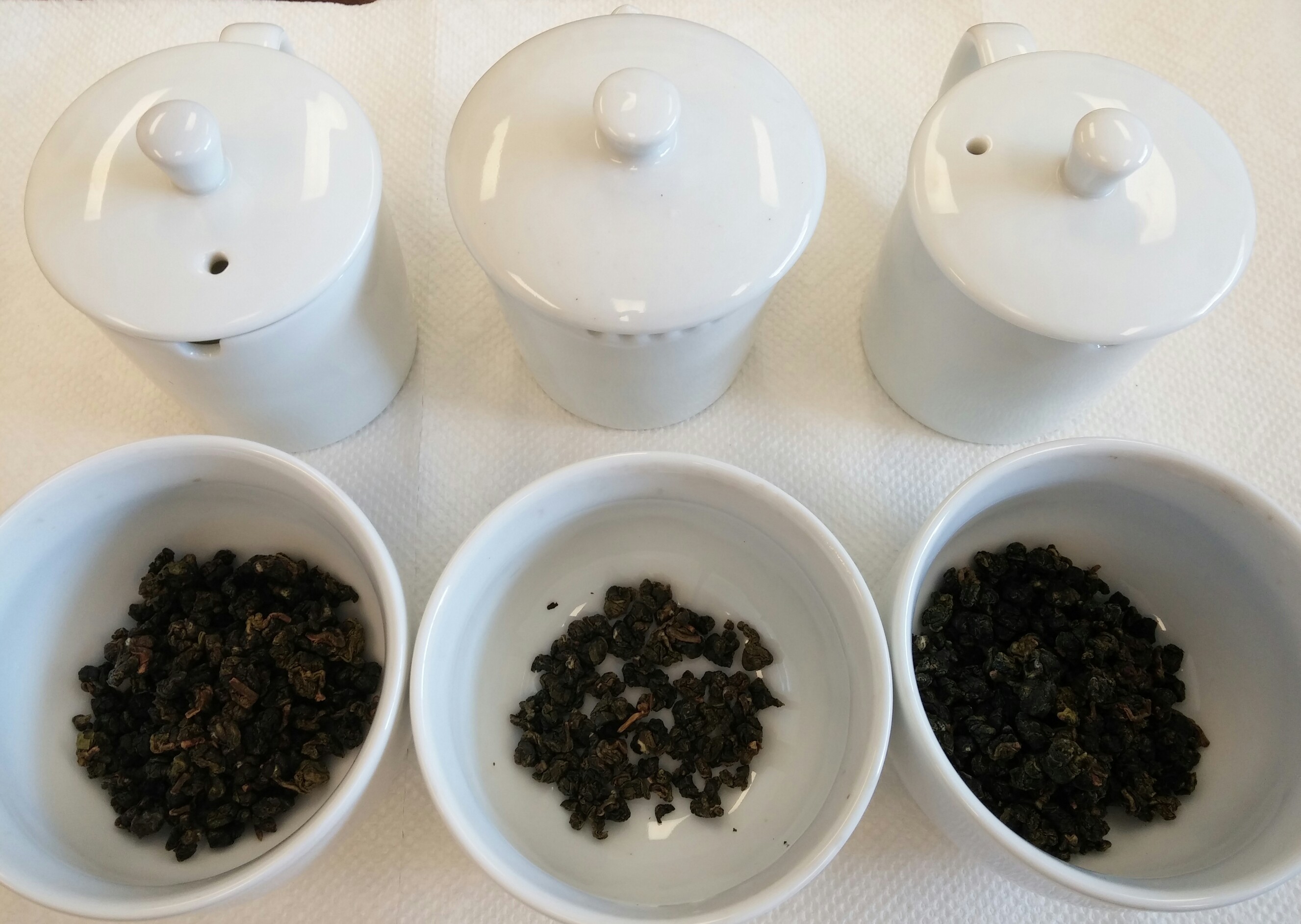 Tan Cuong Tea Processing – Traditional Methods
Tan Cuong Tea Processing – Traditional Methods
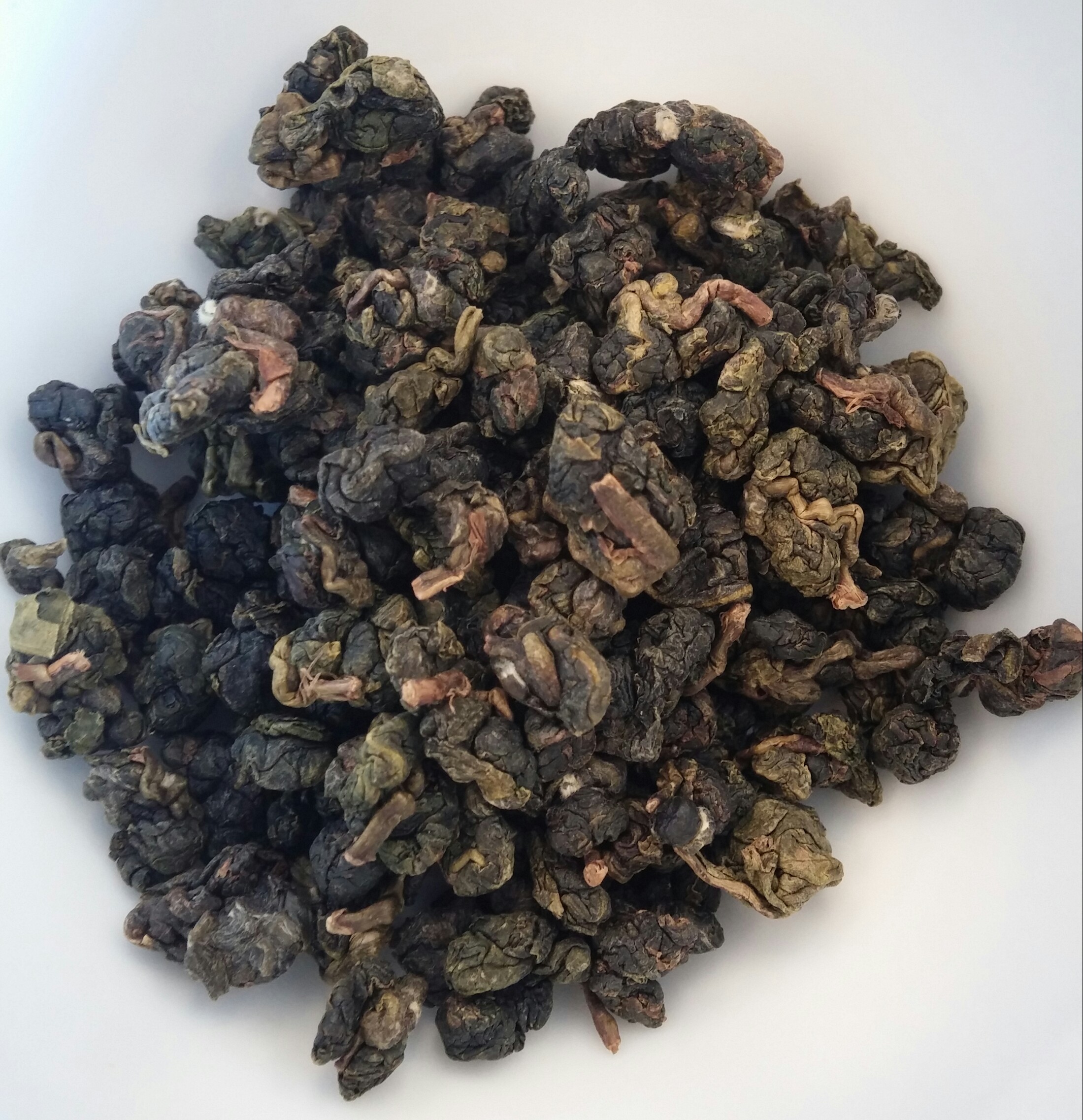 Alishan Taiwan Jin Xuan Wulong – Dry Leaves
Alishan Taiwan Jin Xuan Wulong – Dry Leaves
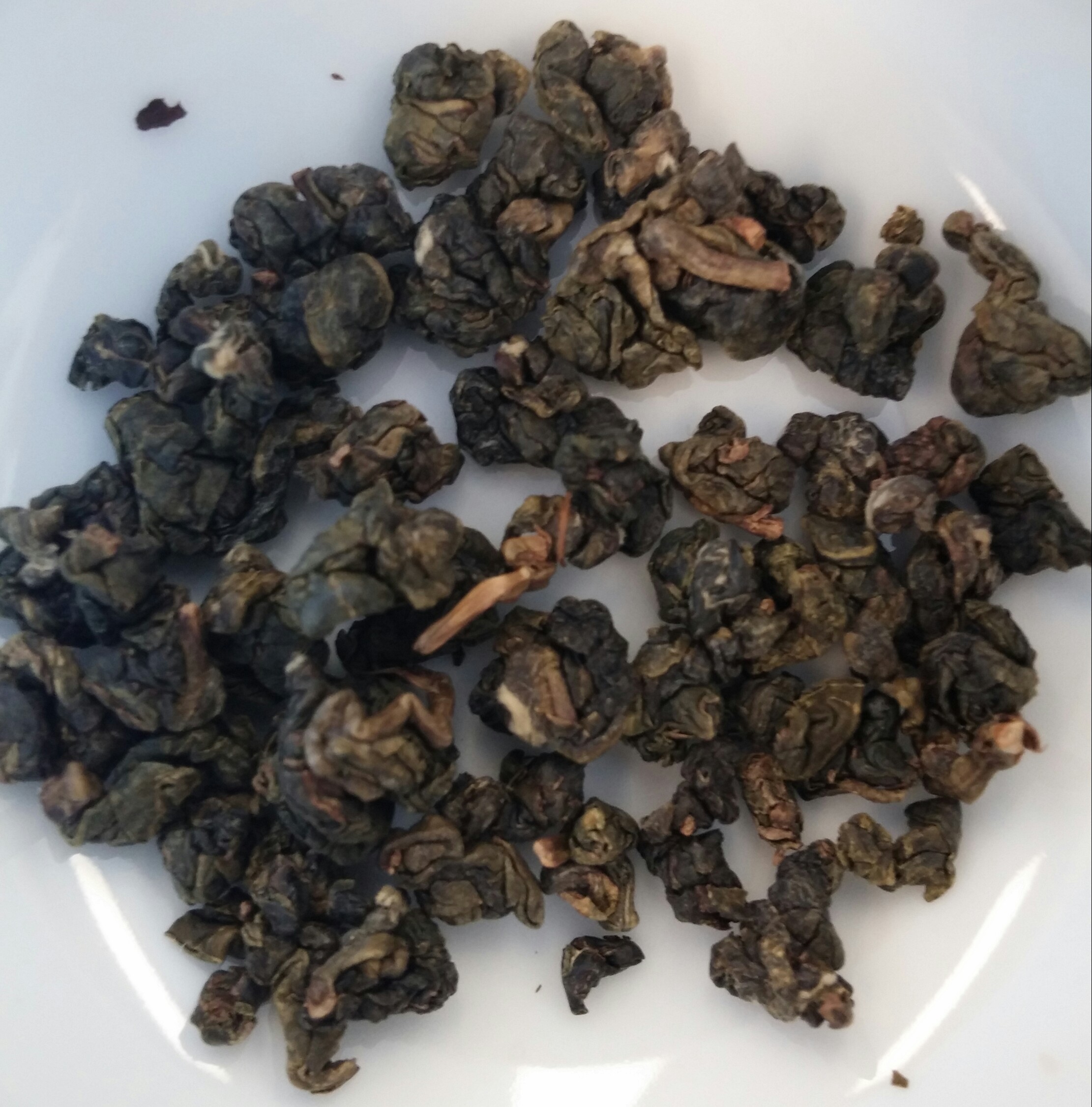 Chiang Rai Thailand Jin Xuan – Dry Leaves
Chiang Rai Thailand Jin Xuan – Dry Leaves
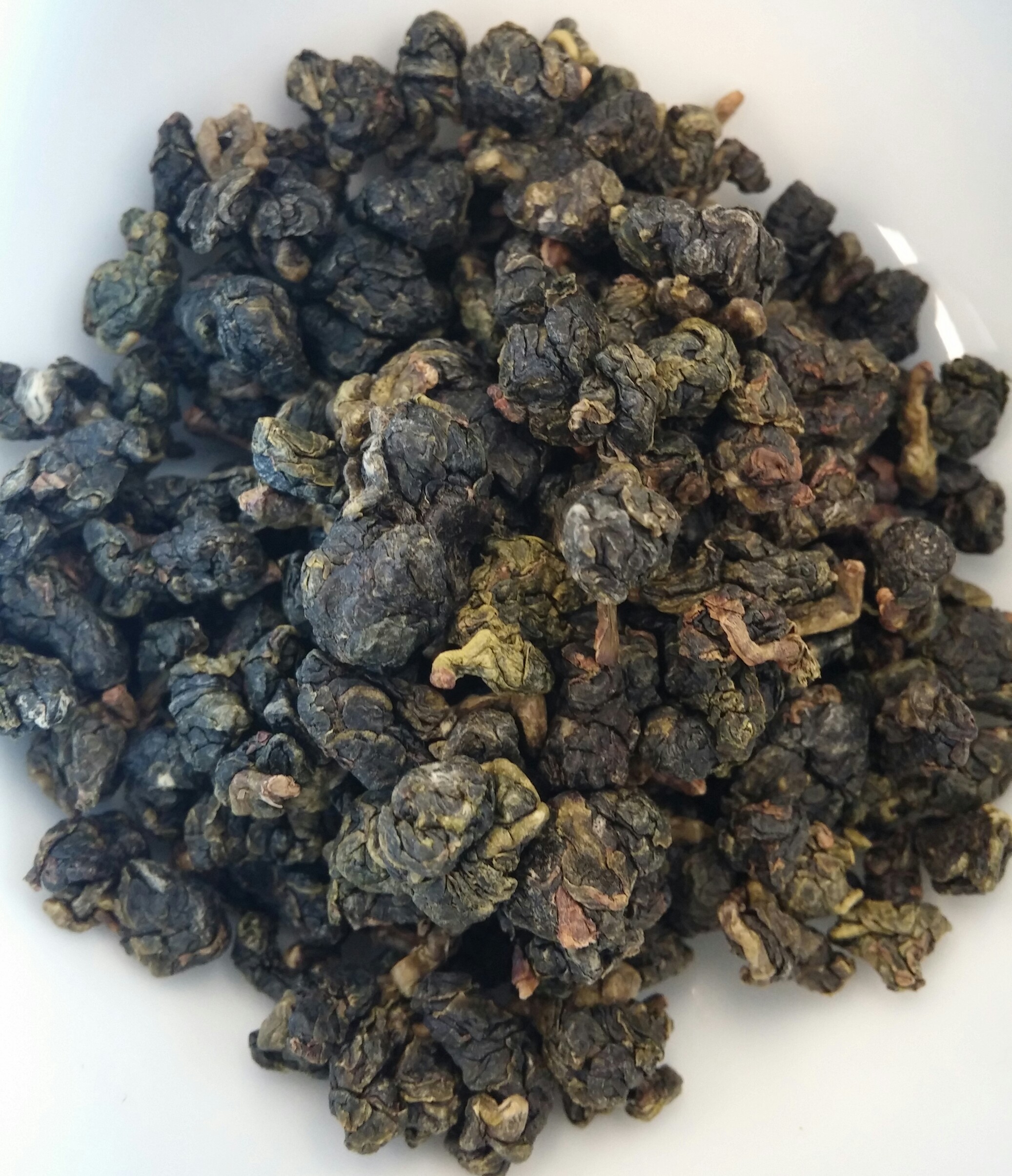 Vietnam Jin Xuan – Dry Leaves
Vietnam Jin Xuan – Dry Leaves
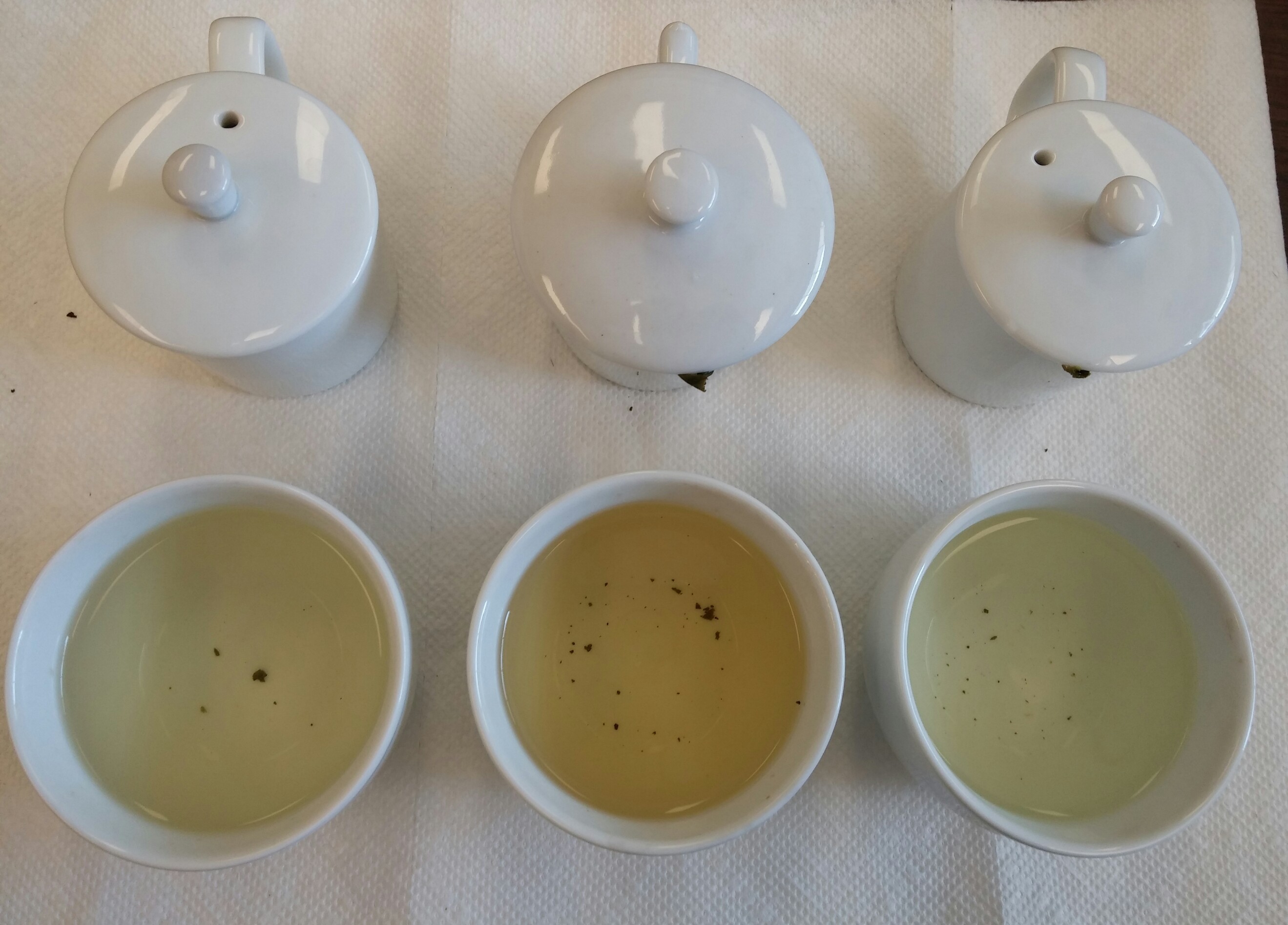 Jin Xuan Wulong Tea Comparison – 1st Infusion
Jin Xuan Wulong Tea Comparison – 1st Infusion
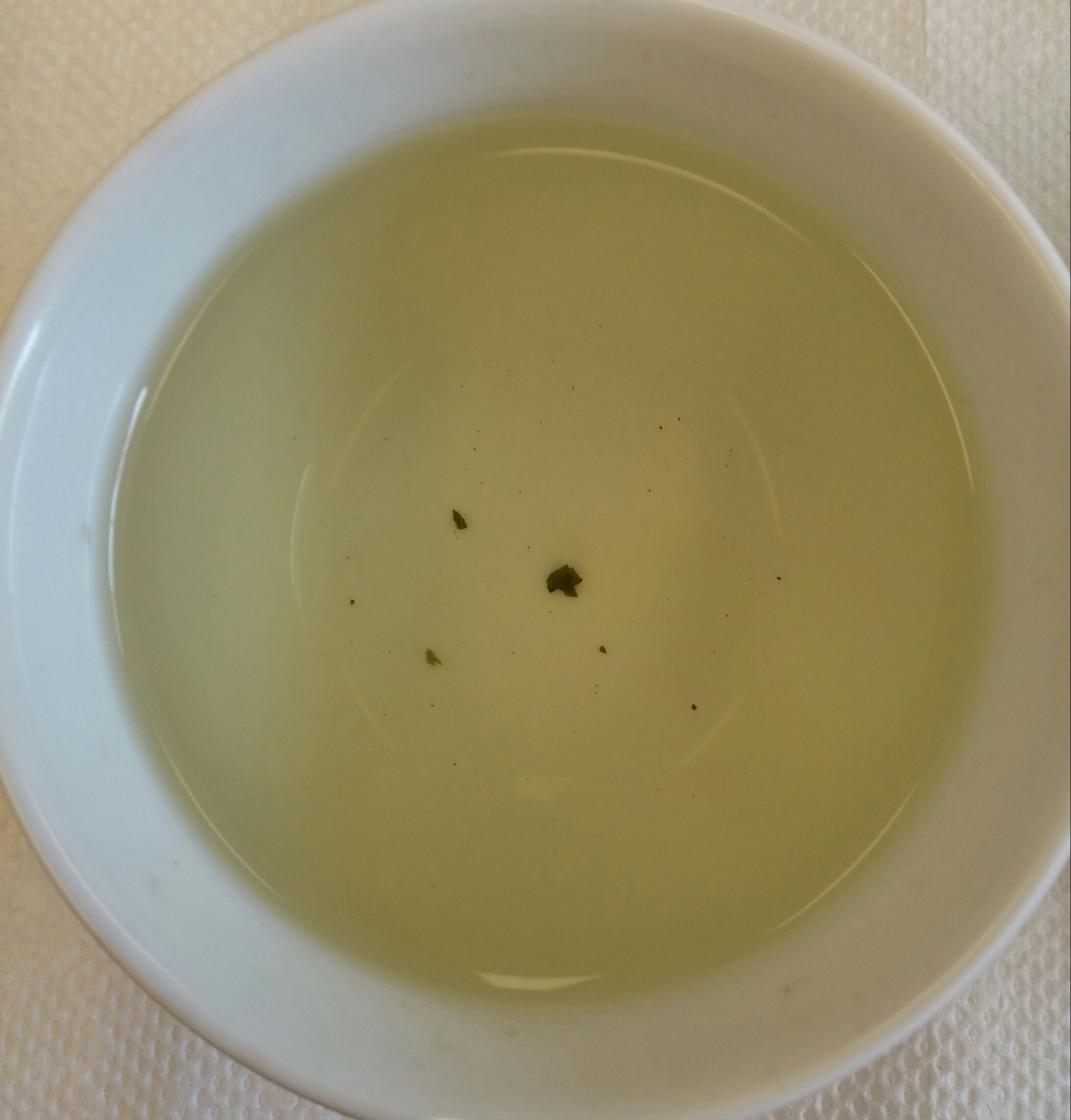 Alishan Taiwan Jin Xuan Wulong – 1st Infusion
Alishan Taiwan Jin Xuan Wulong – 1st Infusion
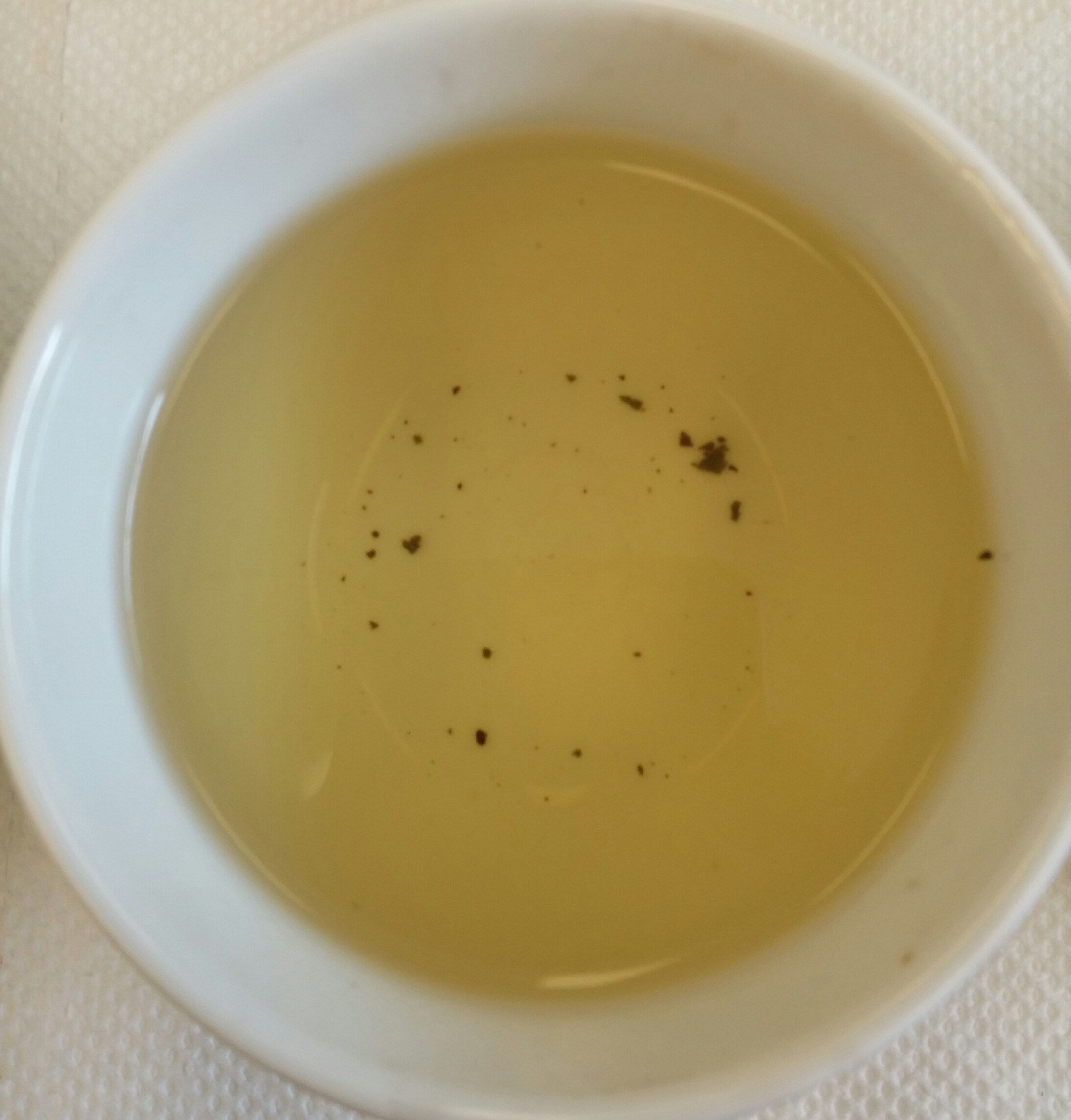 Chiang Rai Thailand Jin Xuan – 1st Infusion
Chiang Rai Thailand Jin Xuan – 1st Infusion
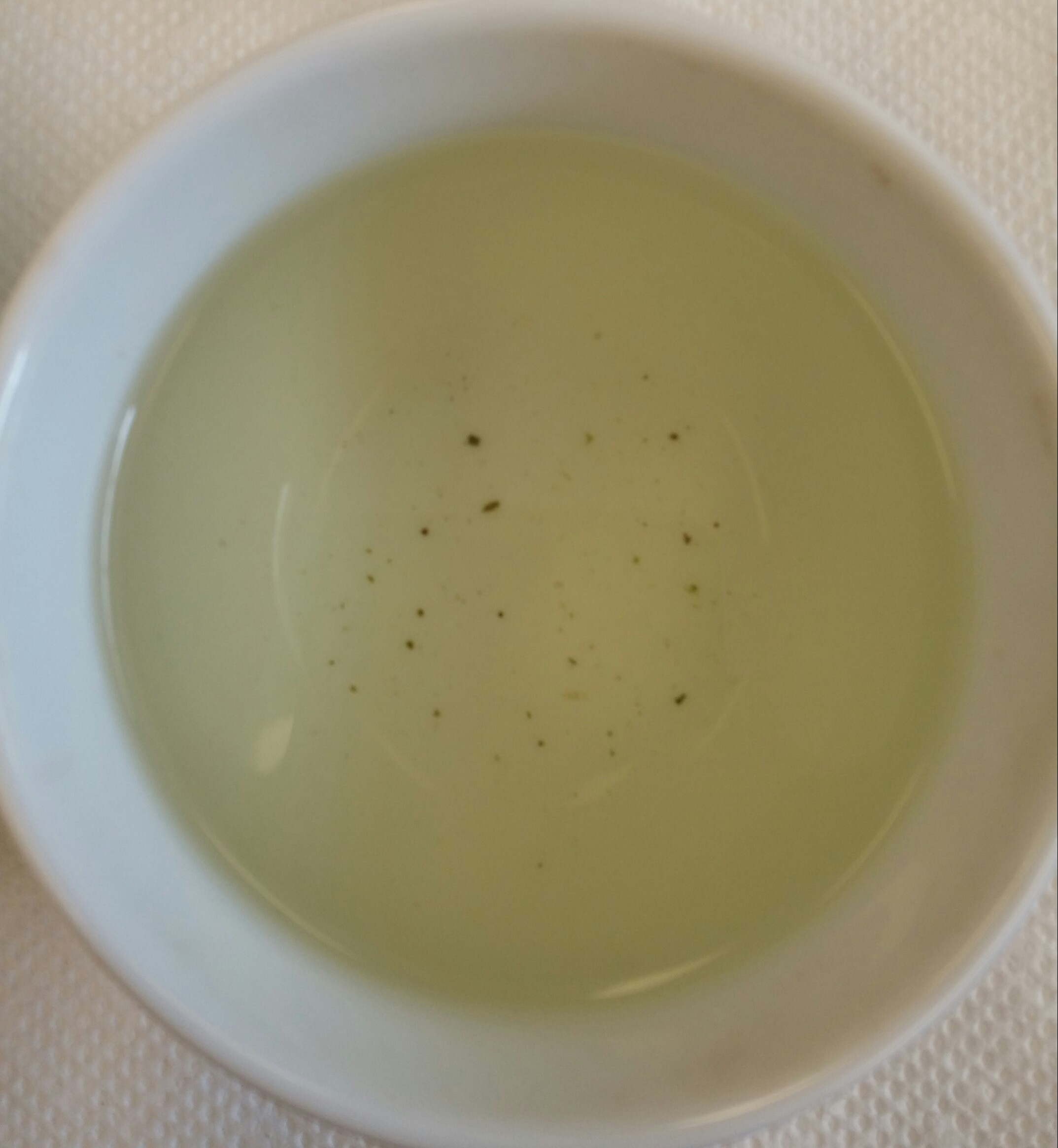 Vietnam Jin Xuan – 1st Infusion
Vietnam Jin Xuan – 1st Infusion
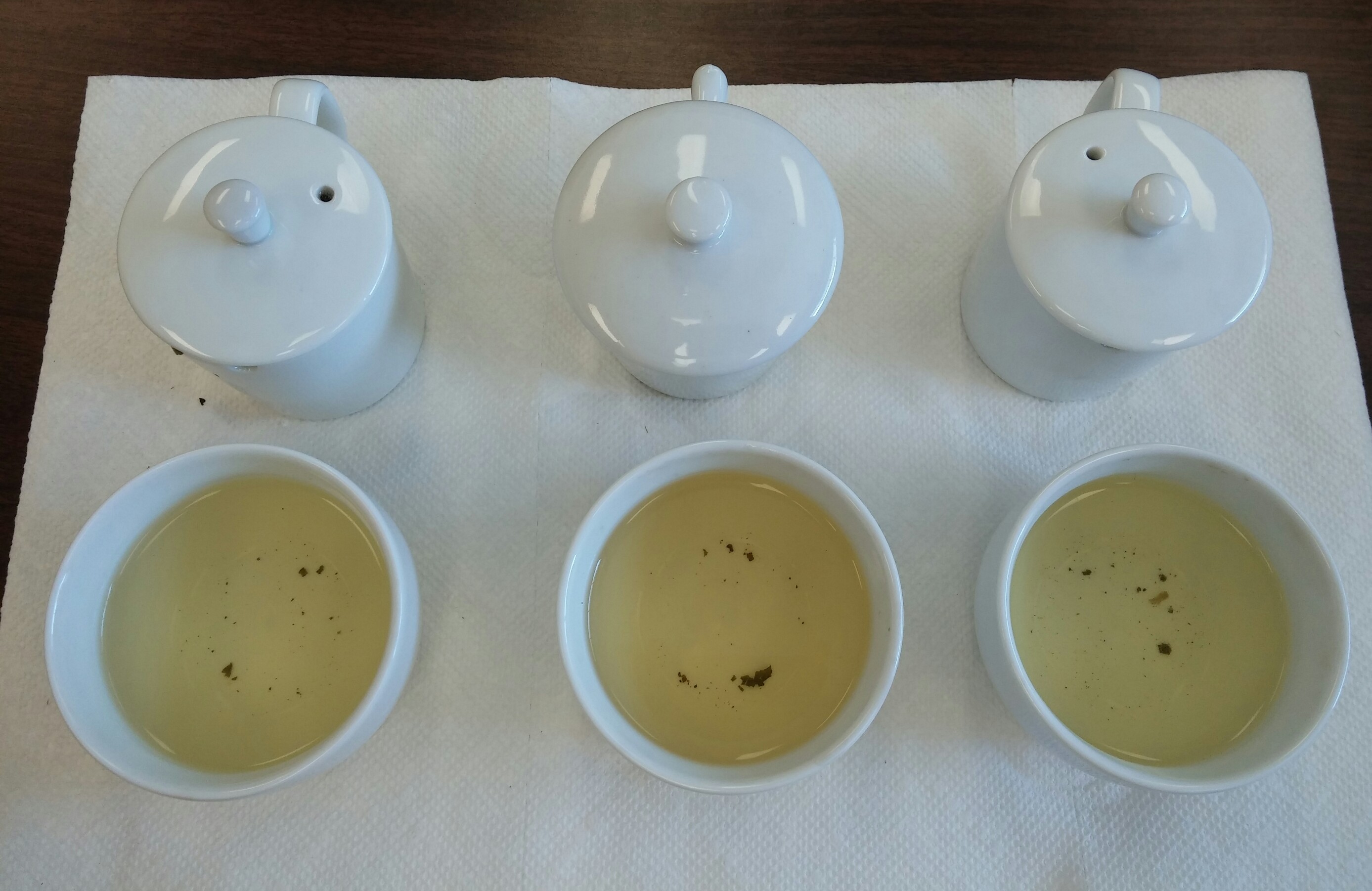 Jin Xuan Wulong Tea Comparison – 2nd Infusion
Jin Xuan Wulong Tea Comparison – 2nd Infusion
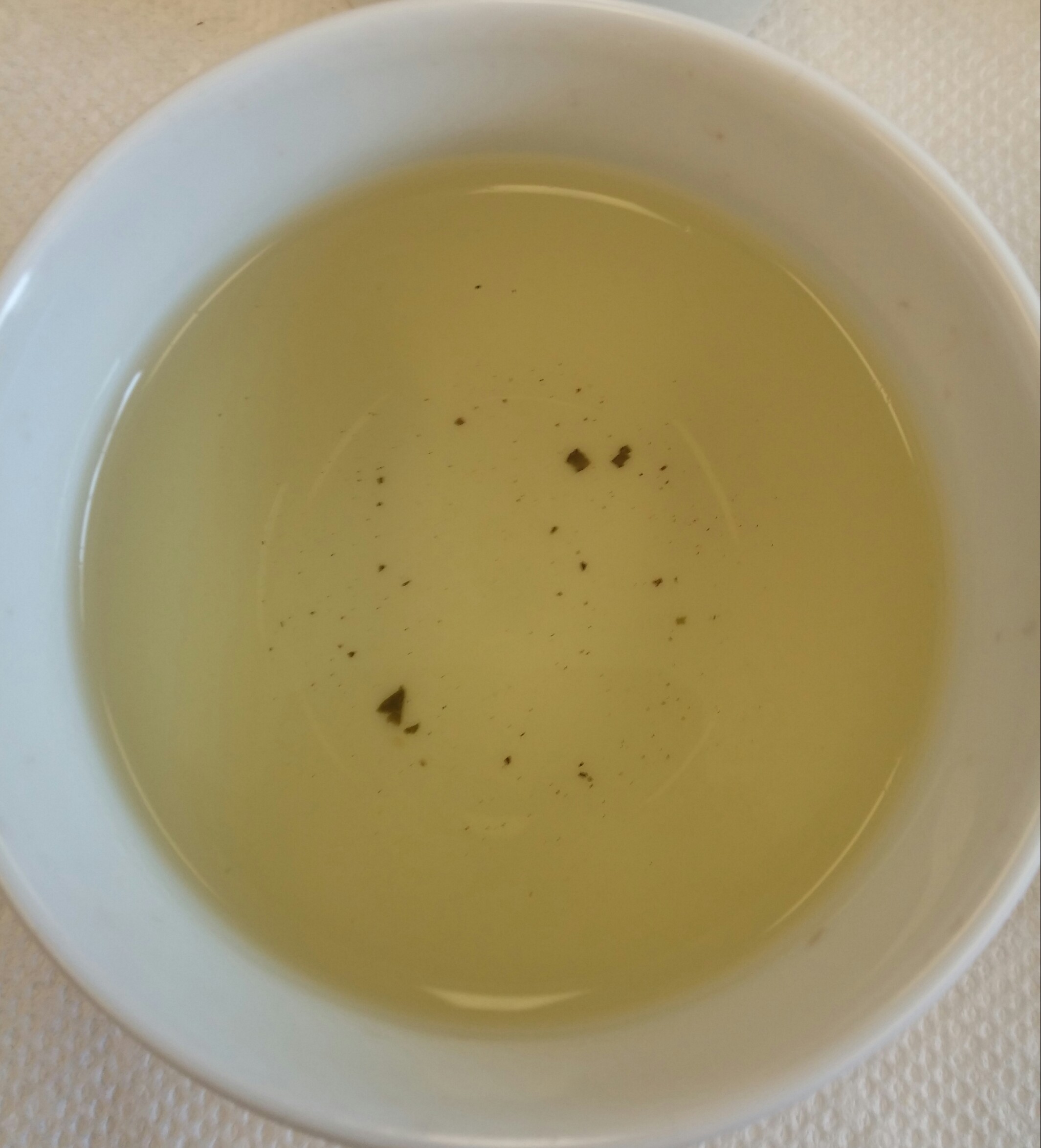 Alishan Taiwan Jin Xuan Wulong – 2nd Infusion
Alishan Taiwan Jin Xuan Wulong – 2nd Infusion
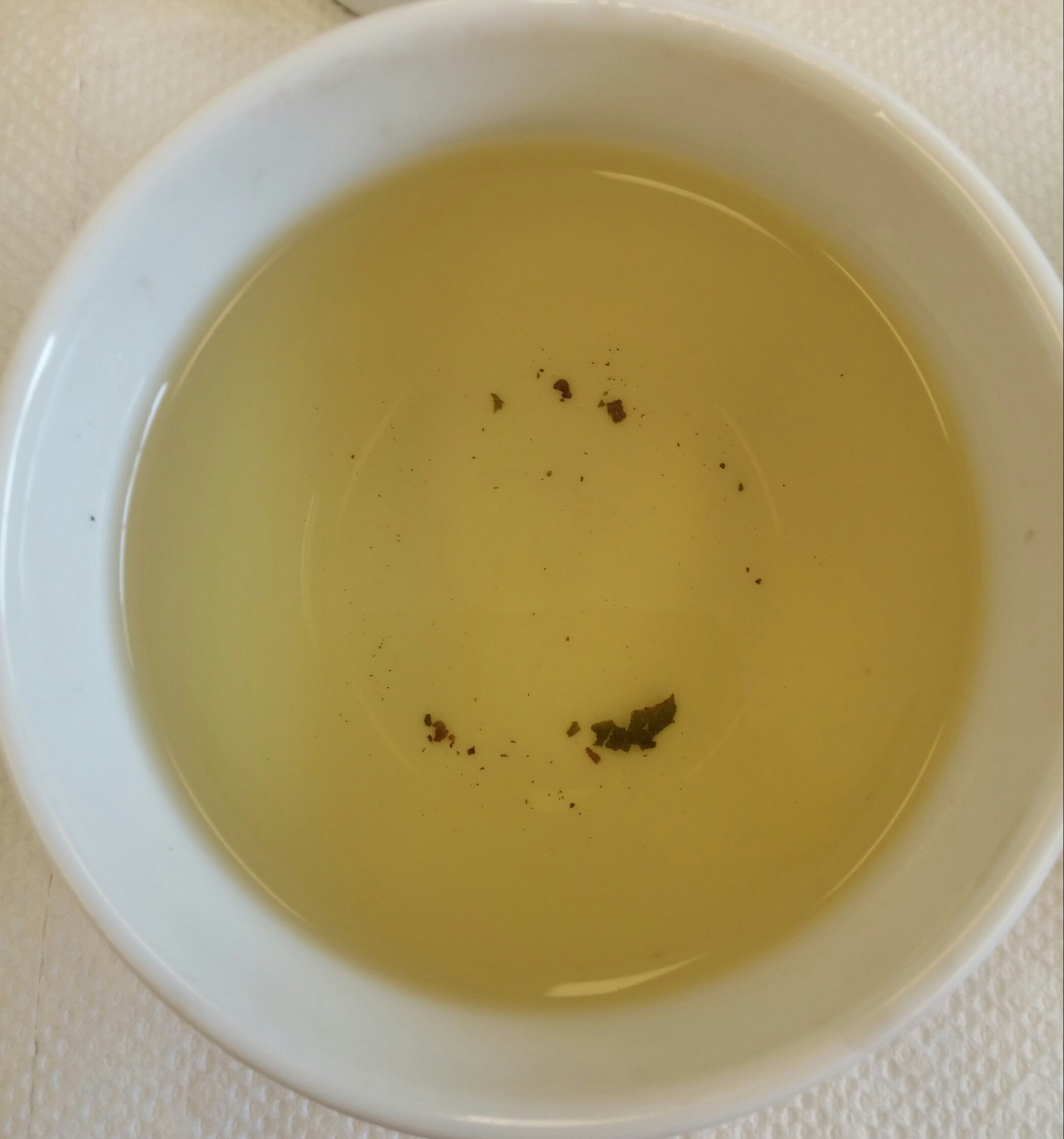 Chiang Rai Thailand Jin Xuan – 2nd Infusion
Chiang Rai Thailand Jin Xuan – 2nd Infusion
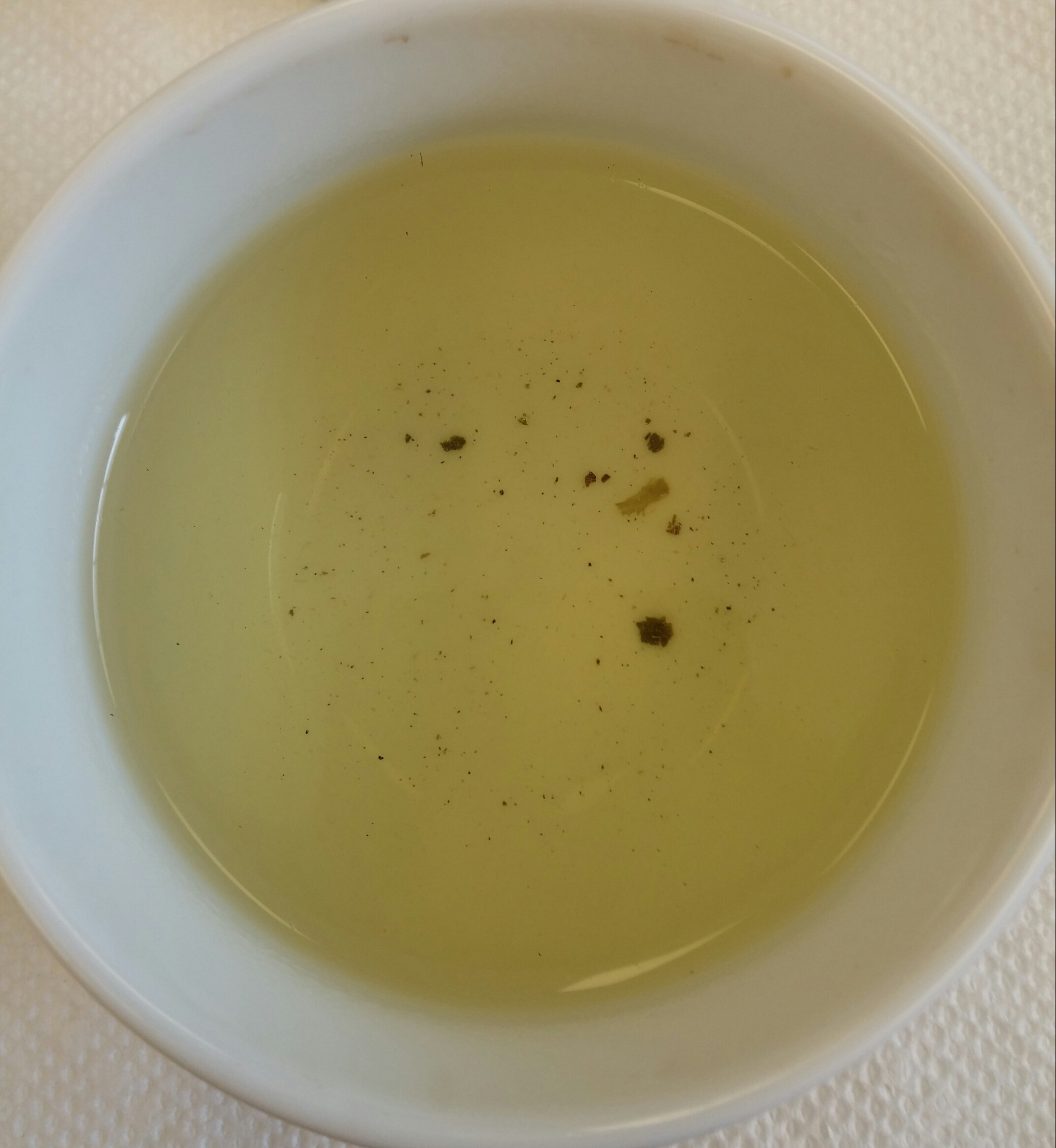 Vietnam Jin Xuan – 2nd Infusion
Vietnam Jin Xuan – 2nd Infusion
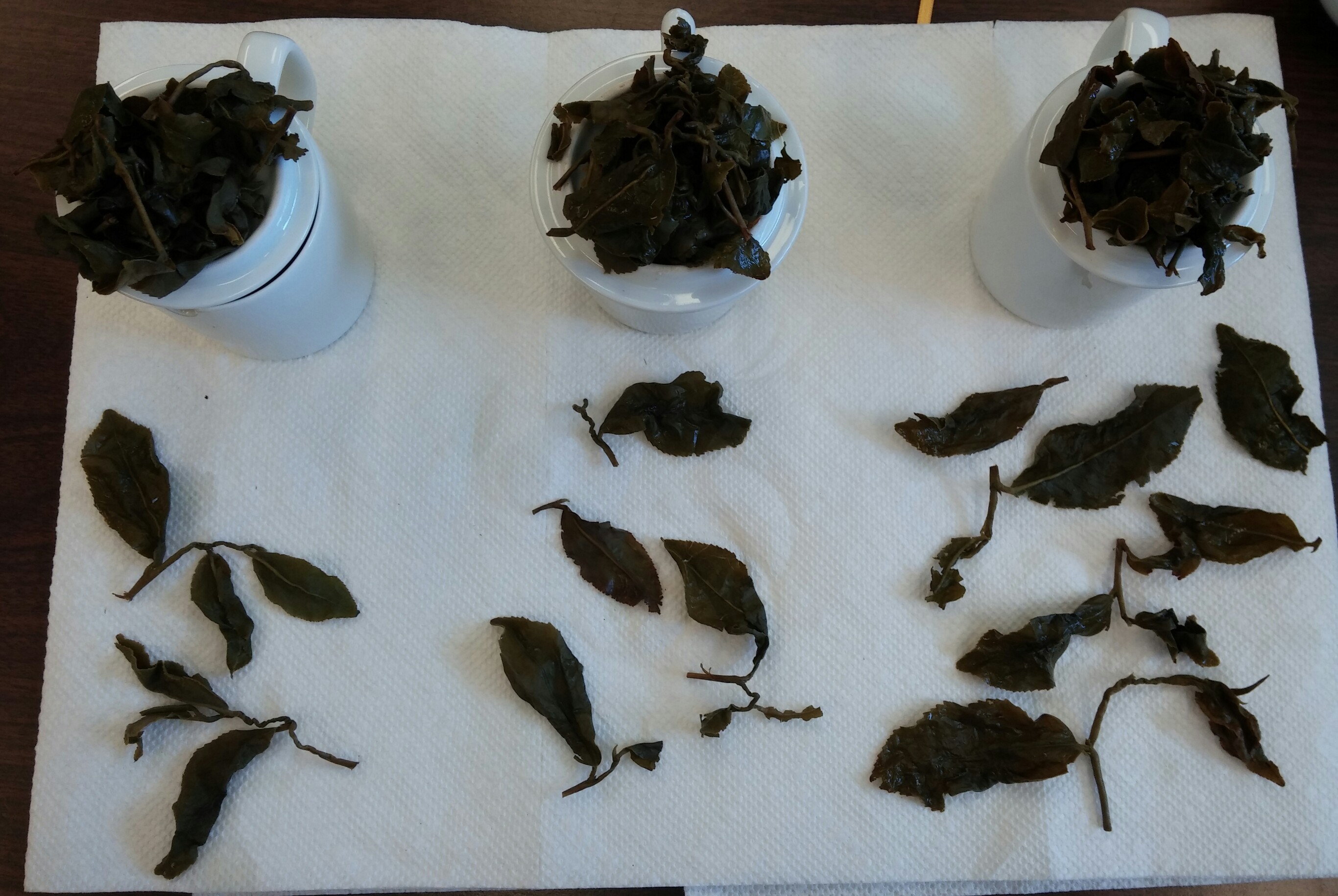 Jin Xuan Wulong Tea Comparison – Infused Leaves
Jin Xuan Wulong Tea Comparison – Infused Leaves
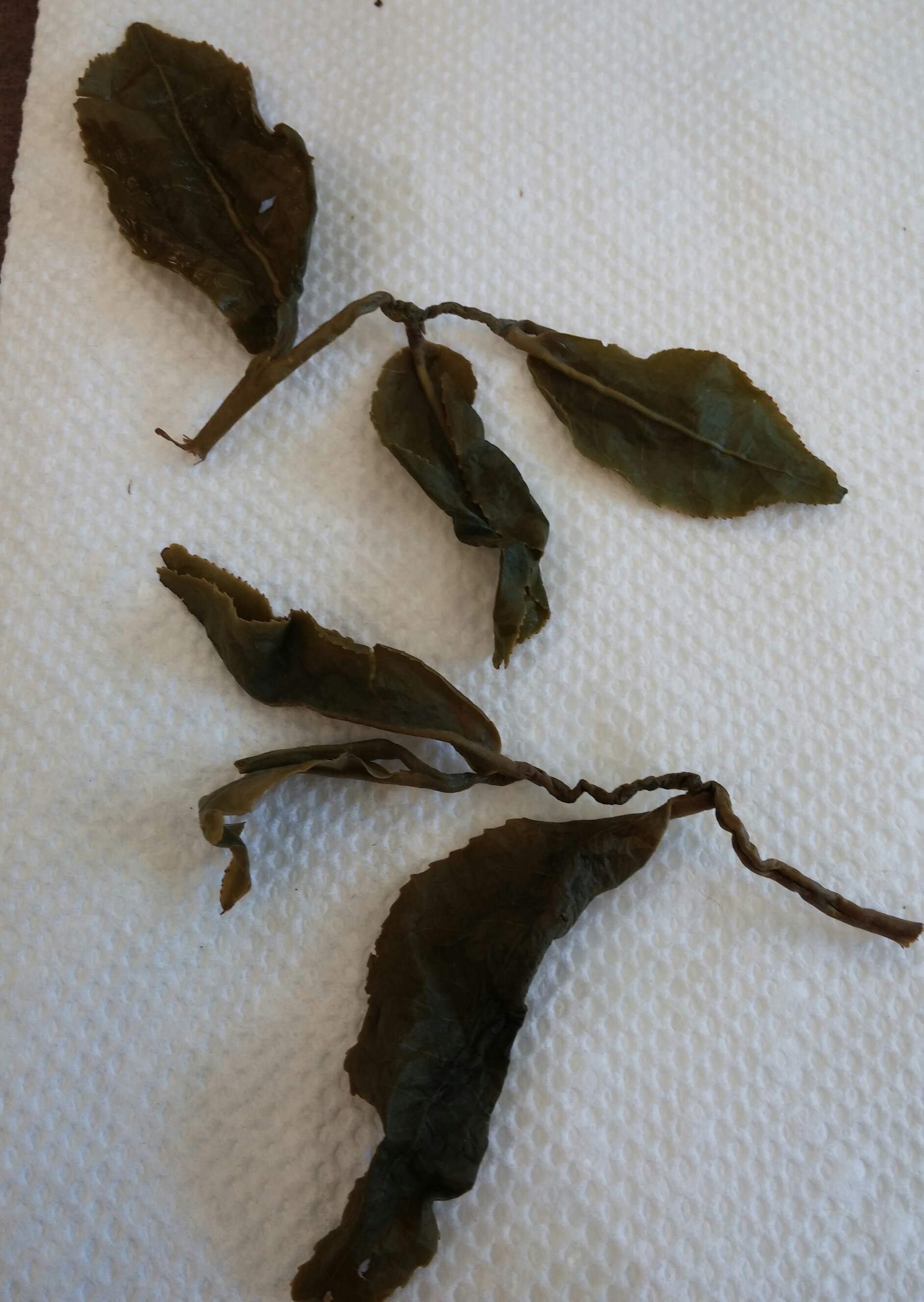 Alishan Taiwan Jin Xuan Wulong – Infused Leaves
Alishan Taiwan Jin Xuan Wulong – Infused Leaves
 Alishan Taiwan Jin Xuan Wulong – Infused Leaves
Alishan Taiwan Jin Xuan Wulong – Infused Leaves
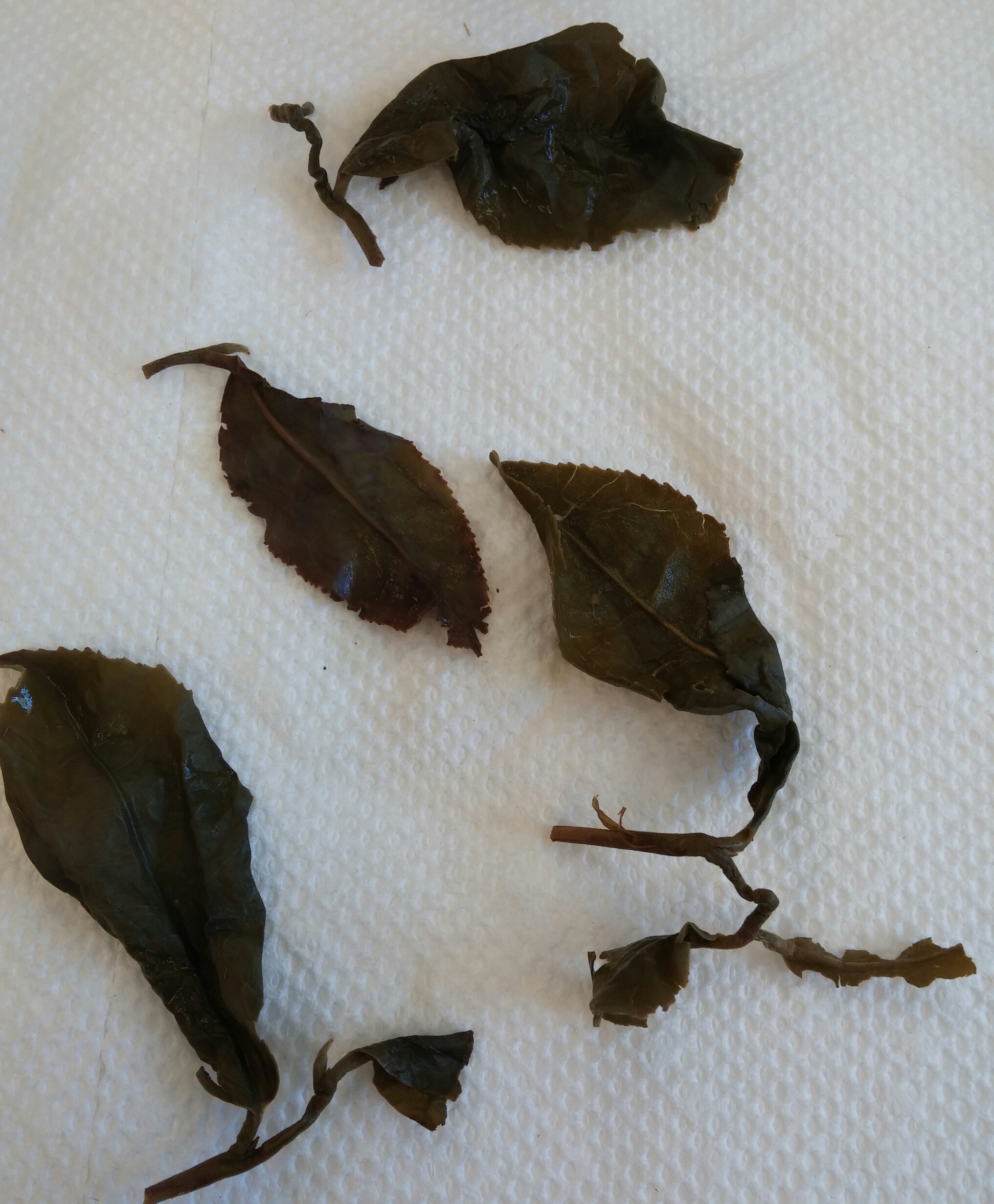 Chiang Rai Thailand Jin Xuan – Infused Leaves
Chiang Rai Thailand Jin Xuan – Infused Leaves
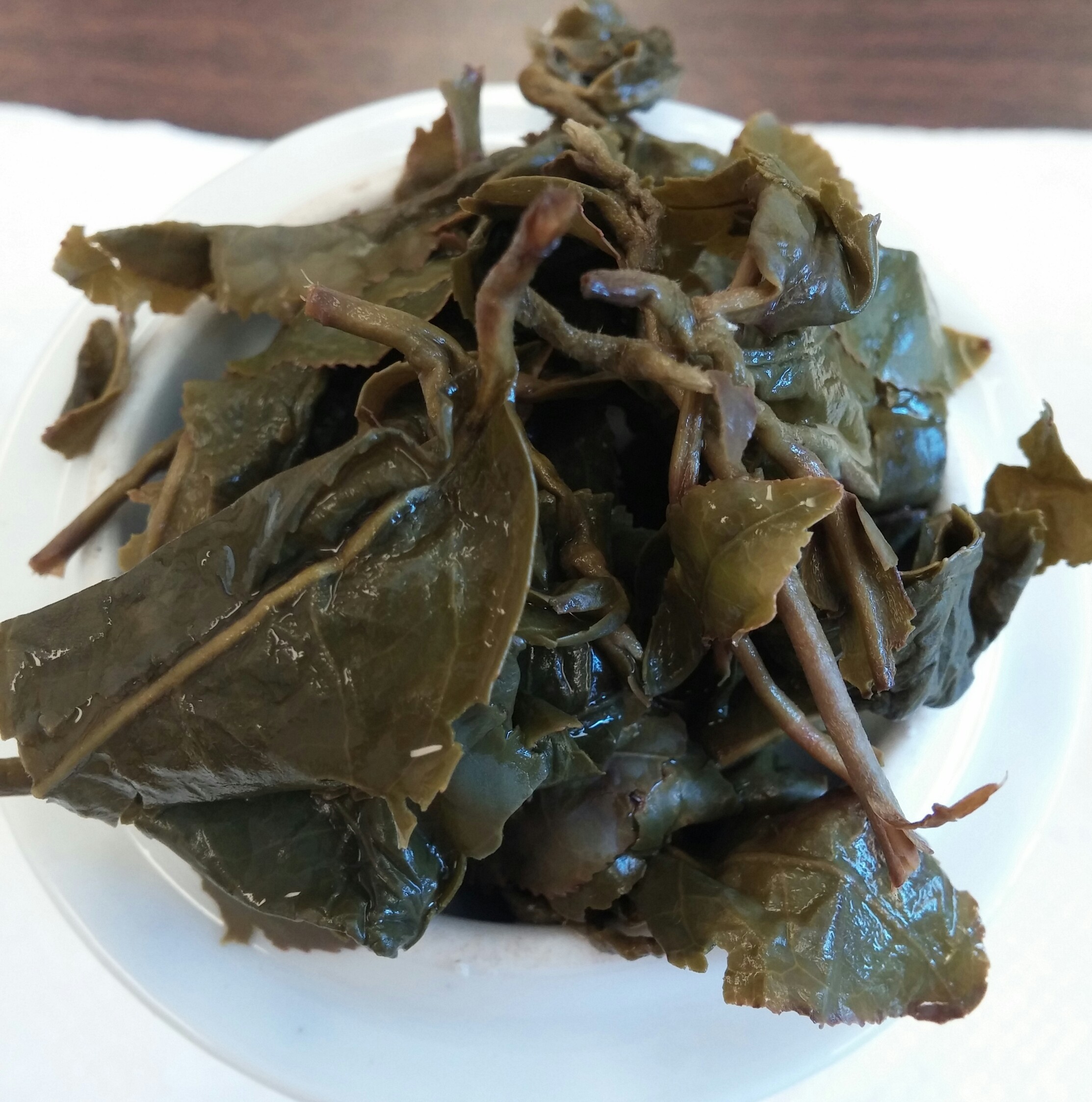 Chiang Rai Thailand Jin Xuan – Infused Leaves
Chiang Rai Thailand Jin Xuan – Infused Leaves
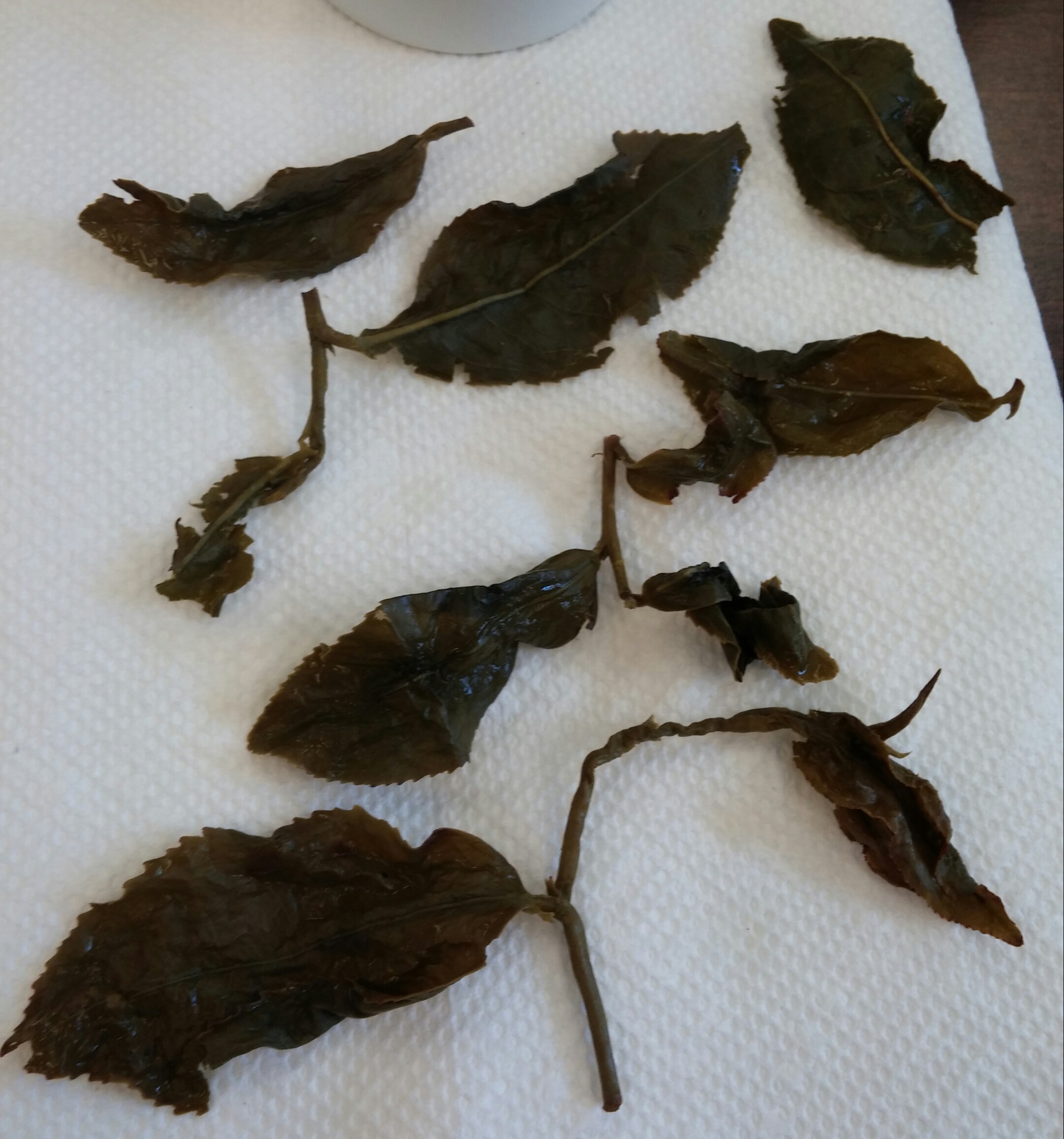 Vietnam Jin Xuan – Infused Leaves
Vietnam Jin Xuan – Infused Leaves



